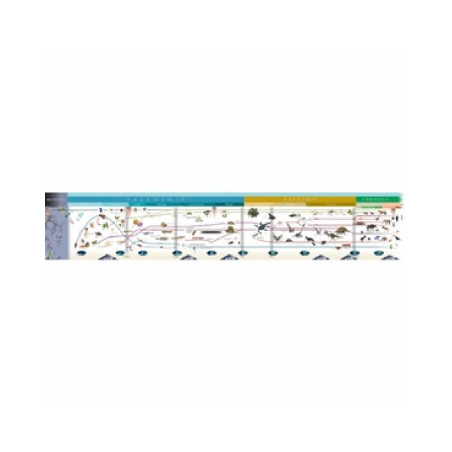

Free shipping on orders over €49


GM431N000
Similar products:
Pedagogically specialized environments. Certified quality of materials and products.
Our Research & Development Department, with the advice of experts from various fields, constantly works on the technical perfection and stylistic renewal of our lines and products.
read moreMultiyear warranties and after-sales service. Corporate and product safety certifications. Design layouts and custom furnishings. Technical and pedagogical consultancy.
read moreThe solutions offered are tailored to the customer's needs: from the first contact to the assembly of the furniture, Gonzagarredi follows its customers every step of the way
read moreOur products conform to the latest technical standards in force in the sector with non-toxic paints and dyes, Class E1 formaldehyde limits, Class 1 wooden furniture on request and Class 1IM soft elements, according to Italian Ministerial Decree of 16th July 2014. All have been successfully tested in accredited laboratories for safety, resistance and toxicity.
read more